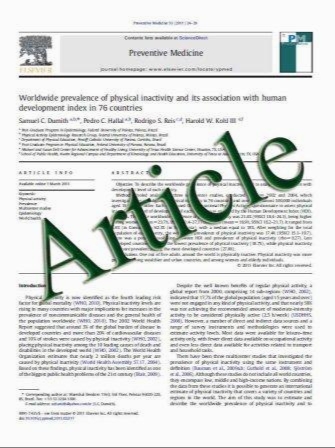Locking compression plate breakage and fracture non-union:a Wnite element study of three patient-speciWc cases
- نوع فایل : کتاب
- زبان : انگلیسی
- مؤلف : Mujtaba Nassiri · Bryan MacDonald · John M. O’Byrne
- چاپ و سال / کشور: 2011
Description
Background & purpose The locking compression plate (LCP) system oVers a number of advantages in fracture Wxation combining angular stability through the use of locking screws with traditional Wxation techniques. However, the system is complex, requiring careful attention to biomechanical principles and good surgical technique. Methods From a series of clinical cases, where locking plate Wxation was used in fractures of long bones, three were selected. Patient-speciWc geometric information was obtained from AP and lateral plain radiographs, and the Finite Element (FE) models were generated manually. Results The Wrst case study highlighted the importance of the working length on the construct stability. By increasing the working length, the construct became more Xexible. The resulting increase in interfragmentary motion promoted indirect healing with the formation of callus. In the second case study, plate breakage occurred as a result of an inappropriate Wxation technique. The Wxation involved the use of locked screws at the level of the fracture passing the fracture line. This reduced the Xexibility of the implant which hindered the micro-motion needed for callus formation. Fatigue failure eventually occurred due to cyclic loading past the yield stress of the LCP. In the third case study, the long working length of the construct made it relatively Xexible. The larger area of stress distribution on the plate reduced the local strain, resulting in a protective eVect against fatigue failure of the implant. Interpretation In Conclusion, successful application of the LCP demands a good understanding of the biomechanics and careful preoperative planning
Eur J Orthop Surg Traumatol DOI 10.1007/s00590-011-0834-6 Received: 15 January 2011 / Accepted: 25 June 2011


